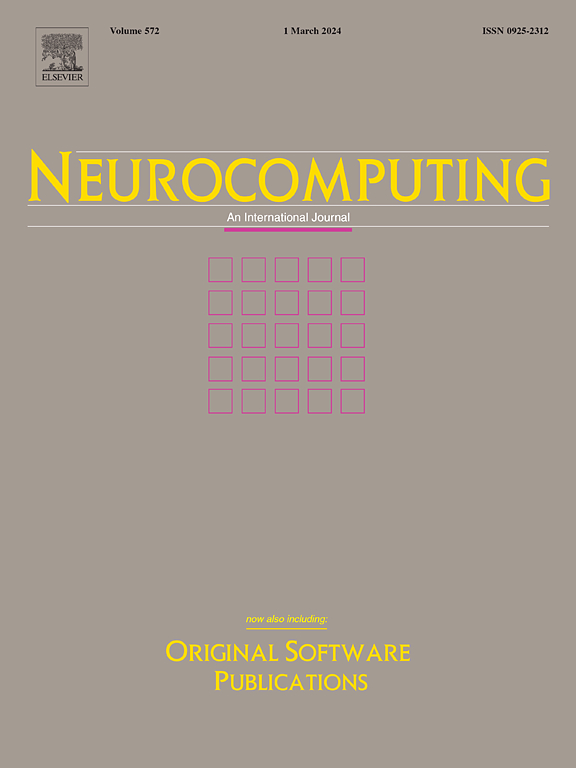网络安全中可解释机器学习的张量网络
IF 5.5
2区 计算机科学
Q1 COMPUTER SCIENCE, ARTIFICIAL INTELLIGENCE
引用次数: 0
摘要
在本文中,我们展示了张量网络如何帮助开发机器学习算法的可解释性。具体来说,我们开发了一种基于矩阵乘积状态(MPS)的无监督聚类算法,并将其应用于对手生成的威胁情报的实际用例中。我们的研究证明,MPS在性能方面可以与传统的深度学习模型(如自动编码器和gan)相媲美,同时提供更丰富的模型可解释性。我们的方法自然地促进了特征概率、冯·诺依曼熵和互信息的提取,为异常分类提供了令人信服的叙述,并促进了前所未有的透明度和可解释性,这是理解人工智能决策背后基本原理的基础。本文章由计算机程序翻译,如有差异,请以英文原文为准。
Tensor networks for explainable machine learning in cybersecurity
In this paper we show how tensor networks help in developing explainability of machine learning algorithms. Specifically, we develop an unsupervised clustering algorithm based on Matrix Product States (MPS) and apply it in the context of a real use-case of adversary-generated threat intelligence. Our investigation proves that MPS rival traditional deep learning models such as autoencoders and GANs in terms of performance, while providing much richer model interpretability. Our approach naturally facilitates the extraction of feature-wise probabilities, Von Neumann Entropy, and mutual information, offering a compelling narrative for classification of anomalies and fostering an unprecedented level of transparency and interpretability, something fundamental to understand the rationale behind artificial intelligence decisions.
求助全文
通过发布文献求助,成功后即可免费获取论文全文。
去求助
来源期刊

Neurocomputing
工程技术-计算机:人工智能
CiteScore
13.10
自引率
10.00%
发文量
1382
审稿时长
70 days
期刊介绍:
Neurocomputing publishes articles describing recent fundamental contributions in the field of neurocomputing. Neurocomputing theory, practice and applications are the essential topics being covered.
 求助内容:
求助内容: 应助结果提醒方式:
应助结果提醒方式:


